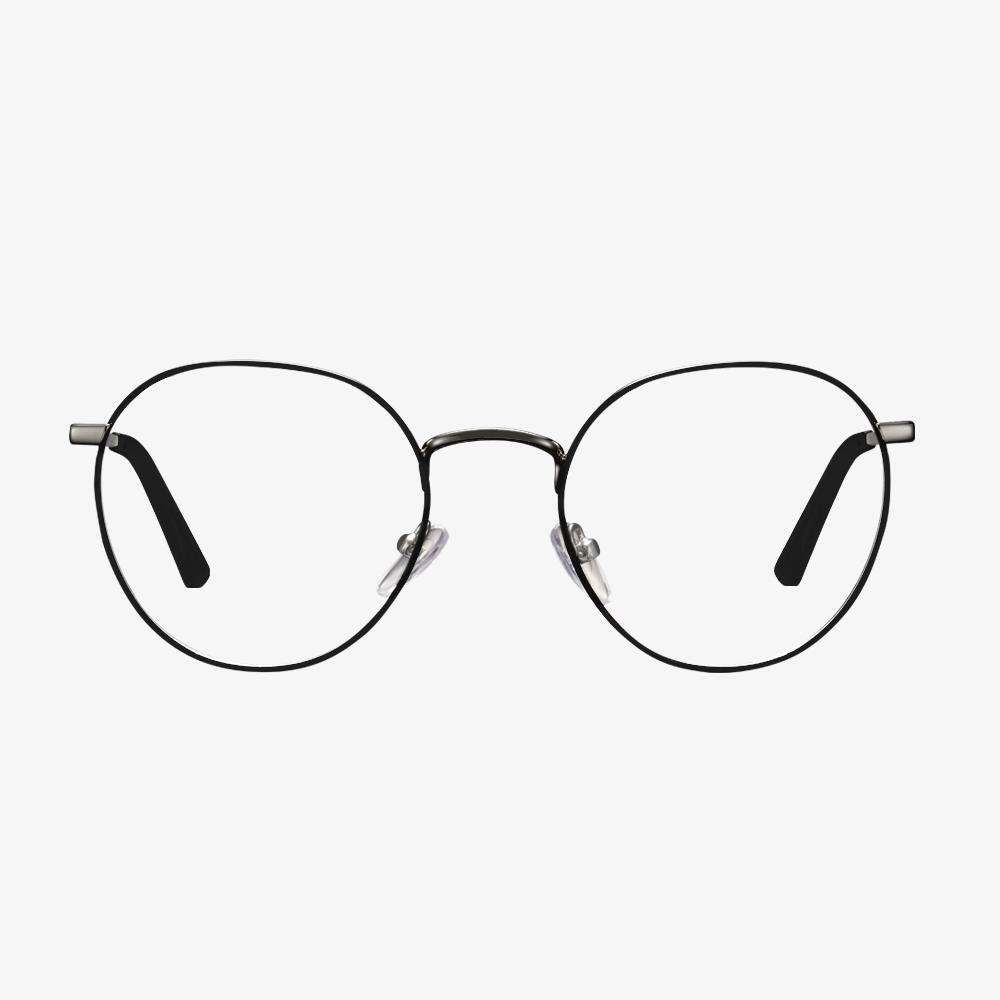A Suitable Nose Pad
The Nose pad must fit the nose to the maximum extent possible. If they do not fit, the opticians have special pointed tools. It's best not to adjust the nose pad yourself. A lot of store staff are afraid to adjust the nose pad, just because it is difficult. The general store processing master will adjust the nose pad. The nose pad can be adjusted on the premise of the same rake angle.
Glasses Size - Bridge Width
The bridge width is the distance between two lenses, measured from the innermost layer of each lens. Finding the right bridge width will allow your sunglasses or glasses to be put properly on the bridge of your nose. The bridge of the nose is an essential element because even though the frame looks pretty attractive, it helps people see more clearly. The precise distance between the two lenses helps reduce the pressure on the eye, helping the nose, without putting too much pressure on the inside of the eye. The size of the eye and the size of the bridge is usually adjacent, sometimes separated by a square icon.
What are bifocals?
A bifocal lens is a lens with two focal points. Because of the imaging principle of the lens, even half of the lens can still present a complete image, and the two images do not interfere with each other. In the past, both short-sighted glasses and presbyopia glasses were called single-focal lenses, which had only one focus. Later it developed to the bifocal lens, and the same lens is divided into upper and lower two parts. The upper part of that lens is used when seeing far, and you look down when seeing close objects, just the reading distance, naturally used the second half.
How to determine whether progressive lenses are worn correctly?
Once your glasses are back from the lab, the optometrist will let you put them on for an audition and make final adjustments to make sure they fit. If the prescription is not in the center of the lens, it will make it difficult for you to see clearly. The key is that the lenses match the wearer's eyes, especially the pupils. Before ordering a new lens, the optometrist takes two measurements: pupil distance and fitting height.
Design principle of progressive multifocal lens
For the same piece of the lens, the top is used to see far, the bottom is used to see close. The upper and lower degrees are different.
There is not a sudden change in the distance degree fixed above the lens to the near degree fixed below the lens, but a gradual transition between the two through gradual changes in refractive power, which has special benefits over common bifocals or trifocal lenses.
What Are Computer Glasses?
Computer glasses or glasses for computer are prescription glasses that are designed to wear when doing computer work. They allow you to focus your eyes on a computer screen. There are other activities such as playing piano or shooting requiring a similar custom fitting.
Glasses for computer use are also known as blue light glasses. They block blue light that causes eye strain due to prolonged viewing of digital screens. Blue light is part of the color spectrum, and everyone is exposed to it through sunlight.
The glasses for computer use have a shorter wavelength than other colors and are emitted by electronic devices such as smartphones, TVs, computers and more. The glare from blue light is what causes digital eye strain or other symptoms. But the glasses for computer can protect your eyes from the damage of the glare.
Depending on an individual’s vision and type of work, there are several options while selecting glasses for computer use.
Monofocal: Monofocal or single-vision glasses are designed for computer work so that they provide the appropriate optical correction for the working distance between the screen and the user’s eye. These glasses allow users to view the whole screen with a minimum up-and-down head movement. However, the disadvantage of the monofocal glasses is that both distant objects and reading materials that are closer than the computer screen will appear blurry.
Bifocal: When it comes to glasses for computer screens, the bifocal glasses would be a choice. Bifocal glasses can be prescribed so that the upper segment is set up for screen distance and the lower segment for work. The disadvantage of these bifocal glasses is that it will blurry if the objects are farther away than the screen.
Trifocal: These trifocal glasses for computers have lenses that combine a segment for far vision, another for near vision and the third one for at the screen distance. The disadvantage of these glasses for computer screen is the limitation to view areas.
How can you tell if blue light glasses work?
It can be identified in the light. Ordinary lenses have a yellowish feeling under the reflection of light, while the anti-blue lens film color has blue on the yellow-green film, which is the cause of reflecting blue light out. Check the instruction manual to verify that the lenses contain radiation-resistant materials. When wearing, you can look at the electronic screen far away, and check if there is a sense of irritation to the eyes. The biggest difference between the regular lens and the anti-blue lens is the coating layer. If you look carefully, you can see that the anti-blue lens layer is very clear. Put the anti-blue light glasses on the fully open phone screen and observe if the covered area is blue. If it is, the prevention effect is good. This is because the blue light emitted by the phone is reflected on the phone screen by the lens.











































